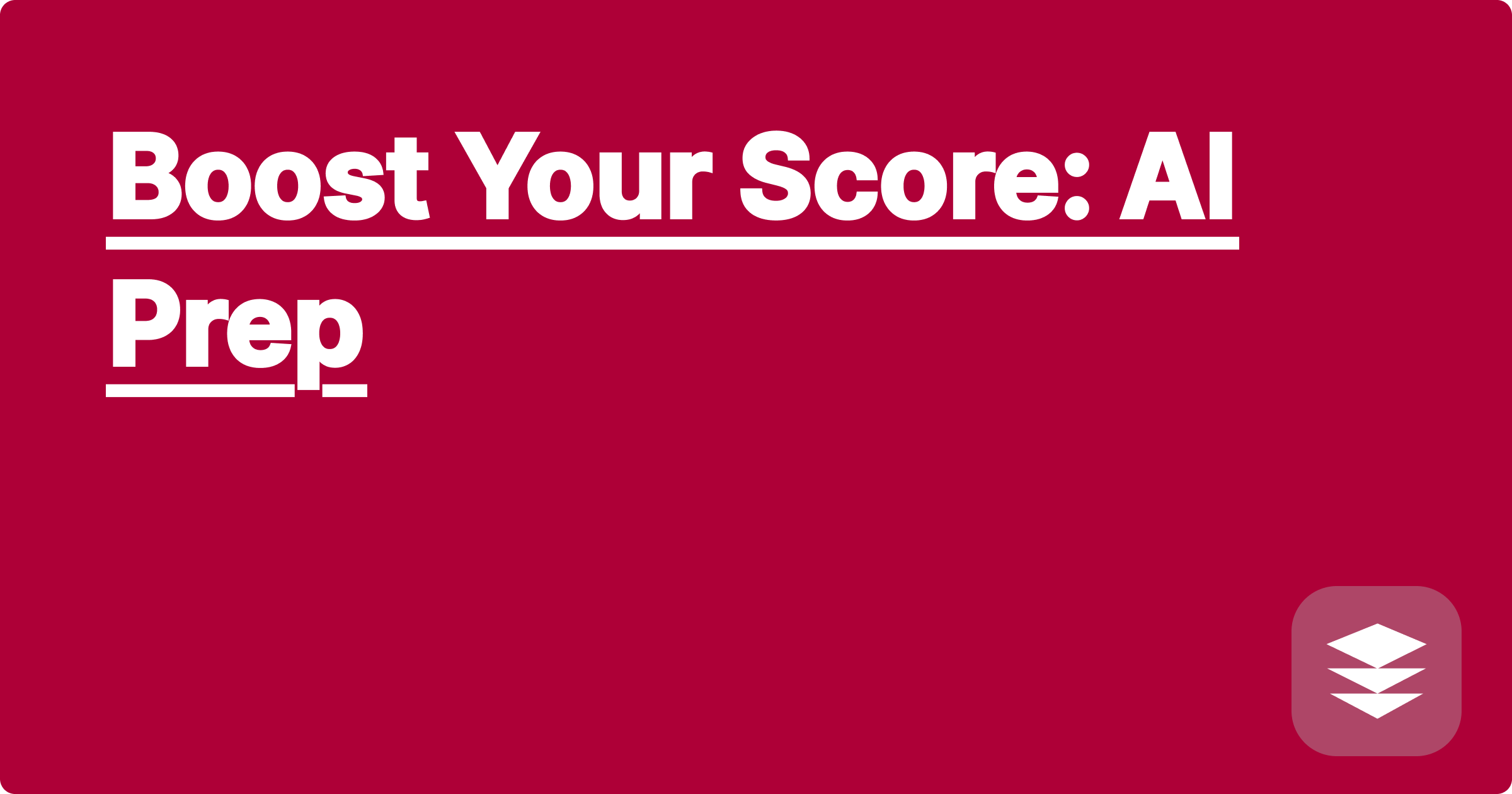
The demanding landscape of STEM education and research presents a significant challenge: efficiently processing and applying vast amounts of information. From complex mathematical theorems to intricate biological processes, STEM fields require a deep understanding and the ability to connect disparate concepts. Artificial intelligence (AI) offers a powerful new set of tools to navigate this complexity, providing opportunities to enhance learning, accelerate research, and ultimately boost academic performance. This shift presents both exciting possibilities and crucial considerations for STEM students and researchers eager to leverage these advancements.
This shift towards AI-powered learning and research is not just a trend; it's a fundamental change in how we approach STEM. For students, AI tools can provide personalized tutoring, instant feedback, and access to a wealth of knowledge. For researchers, AI can automate tedious tasks, analyze complex datasets, and even generate novel hypotheses. Understanding how to effectively integrate these tools into your workflow is essential for staying competitive and maximizing your potential in today's STEM environment. This blog post will explore how AI can be leveraged to enhance understanding, improve problem-solving skills, and ultimately boost scores in STEM fields.
STEM subjects often involve intricate concepts and a substantial body of knowledge. Students face the challenge of not only understanding individual concepts but also integrating them into a coherent framework. Researchers grapple with similar complexities, needing to synthesize information from numerous sources and apply it to novel research questions. Traditional learning methods, while valuable, can sometimes struggle to keep pace with the rapid growth of information and the increasing demand for interdisciplinary understanding. The sheer volume of material can be overwhelming, making it difficult to identify key concepts and connect them effectively. Furthermore, access to personalized guidance and timely feedback can be limited, hindering the learning process and potentially impacting academic performance.
AI tools like ChatGPT, Claude, and Wolfram Alpha offer a transformative approach to learning and research in STEM. ChatGPT and Claude, for example, can be used to explain complex concepts in simpler terms, provide different perspectives on a topic, and even generate practice problems. Wolfram Alpha excels at computational tasks, allowing users to solve equations, visualize data, and explore mathematical relationships. These tools can be used in conjunction with traditional learning methods to create a more dynamic and personalized learning experience. By leveraging the power of natural language processing and computational knowledge engines, students and researchers can gain a deeper understanding of STEM subjects and improve their problem-solving skills.
Begin by identifying a specific concept or problem you want to explore. For instance, if you are struggling with understanding the concept of derivatives in calculus, you can use ChatGPT or Claude to explain it in different ways. You might ask the AI to provide real-world examples or analogies to help you visualize the concept. Next, use Wolfram Alpha to explore the mathematical underpinnings of derivatives. You can input different functions and observe how their derivatives are calculated. This combined approach allows you to build a more comprehensive understanding of the concept by combining conceptual explanations with practical computations. As you progress, continue to ask clarifying questions to the AI and experiment with different examples in Wolfram Alpha. This iterative process of exploration and refinement is crucial for developing a deep and lasting understanding.
Consider a student learning about the applications of linear algebra in computer graphics. They could use ChatGPT to understand the role of matrices in representing transformations like rotation and scaling. They could then use Wolfram Alpha to perform matrix multiplications and visualize the effects of these transformations on a 2D or 3D object. This practical application reinforces the theoretical concepts learned through ChatGPT. Another example could be a researcher investigating the properties of a specific chemical compound. They could use Wolfram Alpha to calculate its molecular weight, predict its spectral properties, and even generate potential reaction pathways. This information can then be used to inform experimental design and accelerate the research process. Furthermore, a student studying physics might ask ChatGPT to explain the concept of quantum entanglement and then use Wolfram Alpha to explore the mathematical formalism behind it, such as Bell's inequalities.
Integrating AI tools into your STEM workflow requires a strategic approach. Don't rely solely on AI for answers; instead, use it as a supplement to your existing learning and research methods. Actively engage with the AI by asking clarifying questions, challenging its responses, and exploring different perspectives. Treat the AI as a virtual tutor or research assistant, using it to guide your learning and exploration. Furthermore, it's crucial to develop critical thinking skills to evaluate the information provided by AI. While these tools are incredibly powerful, they are not infallible. Always cross-reference information with reputable sources and verify calculations independently. By combining the power of AI with your own critical thinking abilities, you can maximize your learning potential and achieve academic success.
To successfully integrate AI into your STEM journey, start by exploring the different tools available and identifying those that best align with your specific needs. Experiment with different approaches and find what works best for you. Don't be afraid to ask for help and guidance from professors, mentors, or peers. Embrace the potential of AI to enhance your learning and research, but always remember the importance of critical thinking and independent verification. By combining the power of AI with your own intellectual curiosity and dedication, you can unlock new levels of understanding and achieve your academic goals.